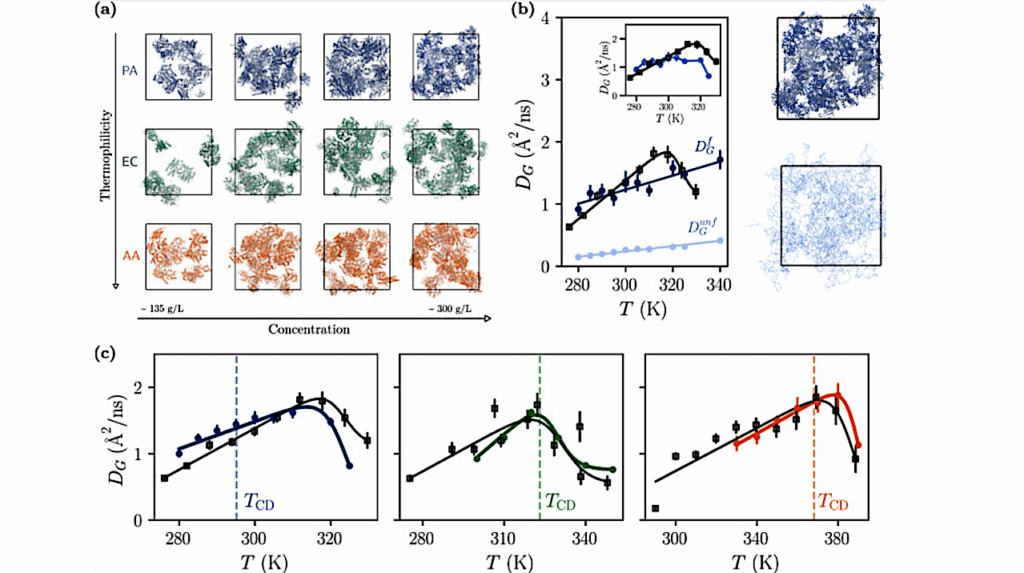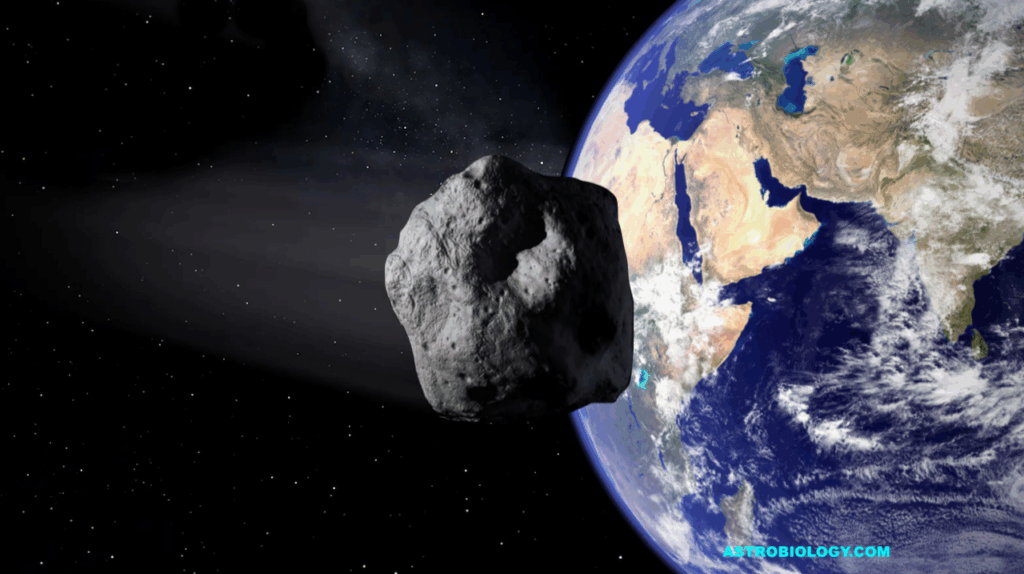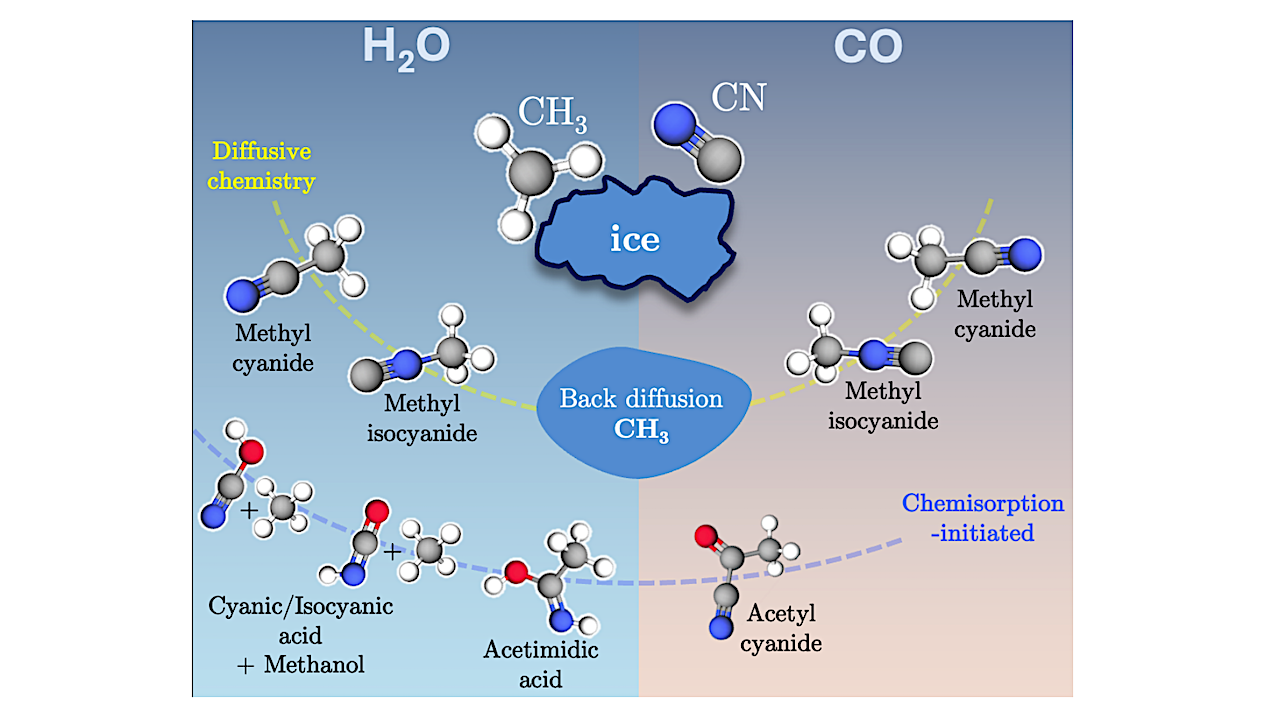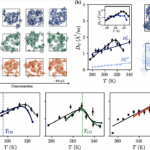Now Reading: Constraining Ongoing Volcanic Outgassing Rates and Interior Compositions of Extrasolar Planets with Mass Measurements of Plasma Tori
-
01
Constraining Ongoing Volcanic Outgassing Rates and Interior Compositions of Extrasolar Planets with Mass Measurements of Plasma Tori
Constraining Ongoing Volcanic Outgassing Rates and Interior Compositions of Extrasolar Planets with Mass Measurements of Plasma Tori
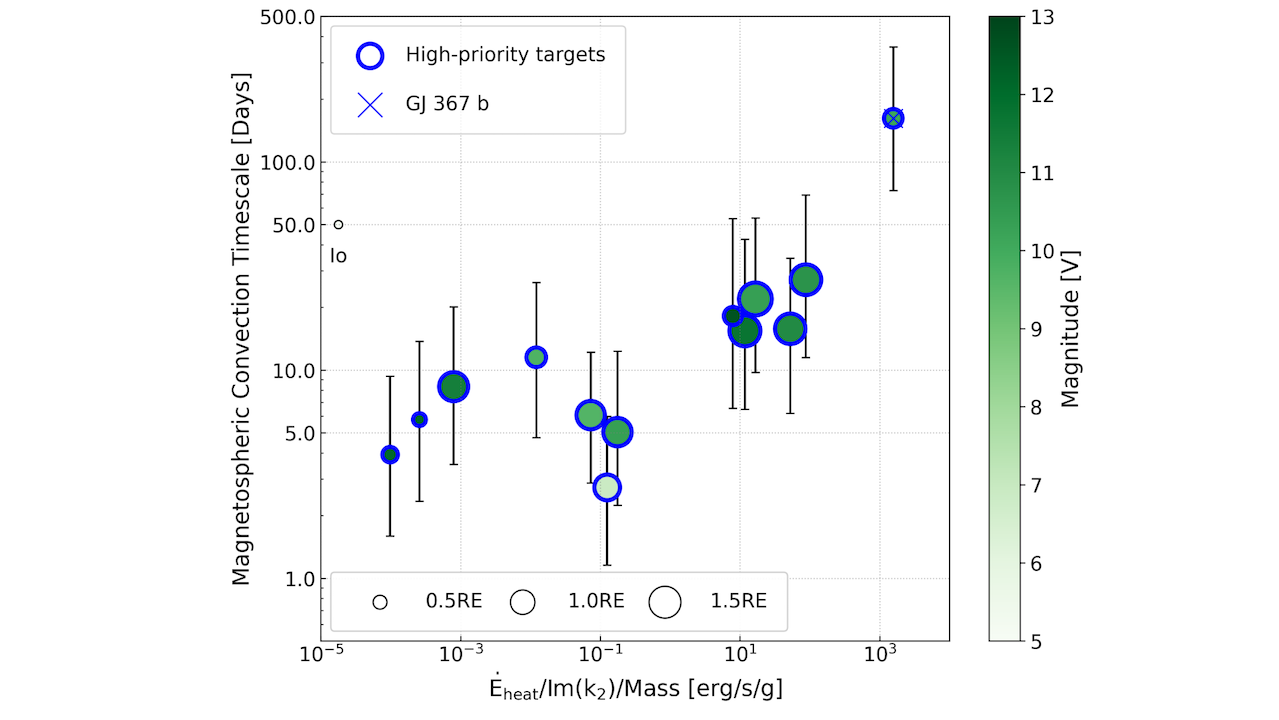

Magnetospheric convection timescale shows a positive correlation with the tidal heating rate. This suggests that exoplanets which are well-positioned for plasma torus construction will generally also receive the necessary tidal power to drive volcanism. This plot includes the 13 terrestrial exoplanets plotted in Figures 1 and 3 which had nonzero orbit eccentricities and orbited within their host stars’ Alfv´en radii, marked on all figures as “high-priority targets”. GJ 367 b is considered the highest priority target due to its high tidal heating power and long magnetospheric convection timescale. The values of τ presented here are the same as in Figure 3. Color indicates the V magnitude of the system which is indicative of favorability for UV-optical spectroscopy. — astro-ph.EP
We present a novel method of constraining volcanic activity on extrasolar terrestrial worlds via characterization of circumstellar plasma tori.
Our work generalizes the physics of the Io plasma torus to propose a hypothetical circumstellar plasma torus generated by exoplanetary volcanism. The quasi-steady torus mass is determined by a balance between material injection and ejection rates from volcanic activity and corotating magnetospheric convection, respectively.
By estimating the Alfvén surfaces of planet-hosting stars, we calculate the torus mass-removal timescale for a number of exoplanets with properties amenable to plasma torus construction. Assuming a uniform toroidal geometry comparable to Io’s “warm” torus, we calculate quasi-steady torus masses inferable from the optical depth of atomic spectral features in torus-contaminated stellar spectra.
The calculated quasi-steady masses can be used to constrain the volcanic outgassing rates of each species detected in the torus, providing quantitative estimates of bulk volcanic activity and interior composition with minimal assumptions. Such insight into the interior state of an exoplanet is otherwise accessible only after destruction via tidal forces.
We demonstrate the feasibility of our method by showcasing known exoplanets which are susceptible to tidal heating and could generate readily-detectable tori with realistic outgassing rates of order 1 ton s−1, comparable to the Io plasma torus mass injection rate.
This methodology may be applied to stellar spectra measured with ultraviolet instruments with sufficient resolution to detect atomic lines and sensitivity to recover the ultraviolet continuum of GKM dwarf stars. This further motivates the need for ultraviolet instrumentation above Earth’s atmosphere.

Measurable contamination by a hypothetical plasma torus in the GJ 367 system. Top: Model spectrum (S. Peacock, private communication) of the M dwarf star GJ 367 A (solid black), using stellar parameters Teff = 3560 K, log g = 4.78 in cgs units, M = 0.44 M⊙, and [Fe/H] = 0 which are comparable to those from Goffo et al. (2023). Our spectrum was derived from a PHOENIX grid (Allard et al. 2012) model with updated treatment of M dwarf chromospheric non-LTE emission (Peacock et al. 2019a,b), with flux scaled to replicate GALEX FUV photometry of GJ 367 A. Colored lines denote spectral contamination by a circumstellar torus of plasma supplied by volcanism from GJ 367 b. The atomic species carbon (blue), oxygen (red), sulfur (yellow), sodium (green), and potassium (purple) are present in ionization states I (solid), II (dashed), and III (dotted) at the levels implied by the value of τ provided in Table 1 and the outgassing rates provided in Table 2. While some intrinsic stellar absorption features are expected at GJ 367 A’s metallicity of Z = −0.01 ± 0.12, a plasma torus would enhance the strength of select features based on its composition. Bottom: Absorption produced by a hypothetical GJ 367 b plasma torus relative to the expected flux as measured by HST COS, STIS, and WFC3 grisms and gratings. For wavelengths shorter than 300 nm, we bin every 0.1 ˚A to emulate HST COS and STIS Echelle observations. At wavelengths longer than 300 nm, we bin every 2 nm to emulate HST STIS grating and WFC3 grism observations. — astro-ph.EP
V. Abby Boehm, Darryl Z. Seligman, Nikole K. Lewis
Comments: 28 pages, 9 figures, 2 tables. Accepted for publication in The Astrophysical Journal Letters
Subjects: Earth and Planetary Astrophysics (astro-ph.EP)
Cite as: arXiv:2506.08177 [astro-ph.EP] (or arXiv:2506.08177v1 [astro-ph.EP] for this version)
https://doi.org/10.48550/arXiv.2506.08177
Focus to learn more
Submission history
From: Abby Boehm
[v1] Mon, 9 Jun 2025 19:41:56 UTC (2,814 KB)
https://arxiv.org/abs/2506.08177
Astrobiology, Astrogeology,
Stay Informed With the Latest & Most Important News
-
 012024 in Review: Highlights from NASA in Silicon Valley
012024 in Review: Highlights from NASA in Silicon Valley -
 02Panasonic Leica Summilux DG 15mm f/1.7 ASPH review
02Panasonic Leica Summilux DG 15mm f/1.7 ASPH review -
 03From Polymerization-Enabled Folding and Assembly to Chemical Evolution: Key Processes for Emergence of Functional Polymers in the Origin of Life
03From Polymerization-Enabled Folding and Assembly to Chemical Evolution: Key Processes for Emergence of Functional Polymers in the Origin of Life -
 04How New NASA, India Earth Satellite NISAR Will See Earth
04How New NASA, India Earth Satellite NISAR Will See Earth -
 05And Thus Begins A New Year For Life On Earth
05And Thus Begins A New Year For Life On Earth -
 06Astronomy Activation Ambassadors: A New Era
06Astronomy Activation Ambassadors: A New Era -
07SpaceX launch surge helps set new global launch record in 2024












